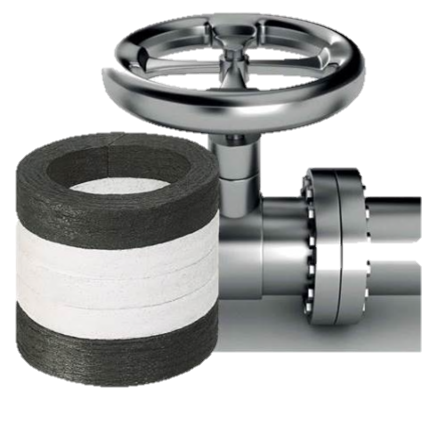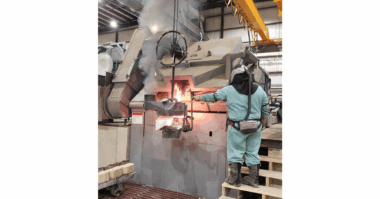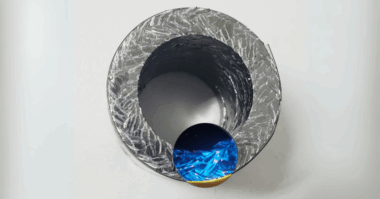Author: Darren Thomas, FTL Technology, an IDEX Company, UK
Reduction of fugitive emissions is a critical concern for chemical plant and refinery operators to comply with environmental regulations. Despite a 57% fall in total fugitive emissions across the European Community in the twenty years between 1990 and 2010, European refineries alone released over 10,000 tonnes of Volatile Organic Compounds (VOCs) into the atmosphere. Almost three quarters of these emissions came from valves and relief valves. With environmental and legislative pressures, along with significant cost-saving implications, sourcing the optimal sealing solution for industrial valves is crucial to safe and reliable operations.
Controlling Fugitive Emissions
Material scientists and research and development teams are always on the hunt for the next breakthrough technology to reduce fugitive emissions to lower levels. However current technology can be engineered successfully to deal with the rigorous demands placed on industrial valves. The technological skill lies in identifying the correct sealing solution to be employed in a specific operating environment.
Temperature, chemical media and pressure are important factors when choosing a valve sealing solution. Sealing materials can range from low temperature perfluoroelastomers, plastics, and non-woven packing materials and innovating the way they are employed helps operators control their fugitive emissions below mandated levels. For example, elastomers, plastics and braided packing can be used as individual elements or as part of a comprehensive sealing system, each with its own chemical suitability to different operating environments. Finding the right valve seal or packing – especially for applications required to perform under extreme temperatures and pressures, or with chemically aggressive media – will enable the sealing setup to retain its fugitive emission control properties throughout its maintenance interval.
A fugitive emissions control (FEC) sealing set, which is a engineered combination of sealing elements, is one successful way of maintaining low fugitive emissions for any operational conditions – for valve OEMs as well as MRO within gas, oil and general industry.
Fugitive Emission Control – Sealing Sets
Combining the extrusion resistance of mechanically-bonded nonwoven packing with the resilience of a custom elastomer seal, an FEC sealing set has been the solution of choice for many operators looking to reinforce both new valves and retrofits. Valve sealing sets have proven especially useful when combined with an application specific live-loading system, resulting in leakage rates which are consistently lower than those demanded under emissions legislation. With FEC sealing sets, an operator is able to meet safety obligations and operate in a more environmentally considerate way, while improving reliability.
Finding The Right Seal
Taking the advice of a technical sealing expert is important when identifying the optimal packing material and the best elastomer grade for an FEC sealing set. By understanding the particular demands of the industry in which a valve will be used, a technical sealing expert can identify where any future weaknesses in the seal might materialize over time. Through this knowledge, every valve in your setup can be customized to perform to a high standard.
If you want to know more about Fugitive Emissions Control sealing sets, please contact the author at dlthomas@idexcorp.com, or visit www.ftl.technology.




